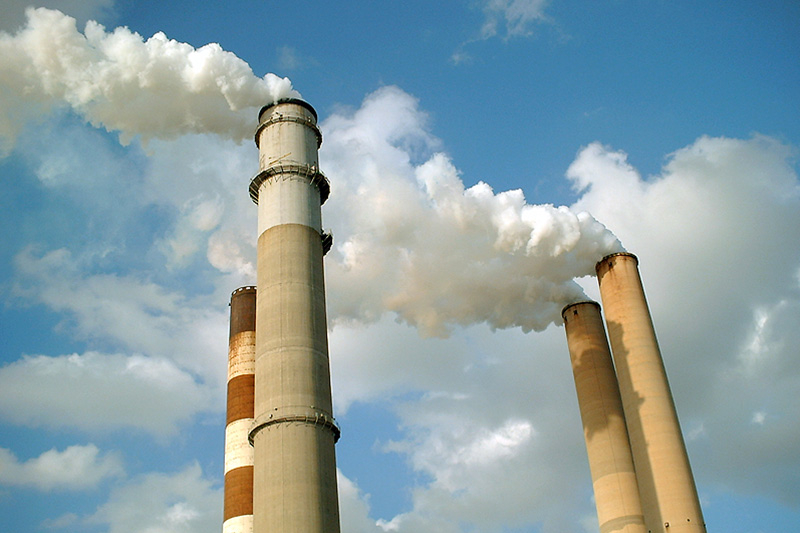
It is said that the increase in the carbon dioxide emission would be a significant threat to the environment as it can cause drastic climatic changes. The provincial government questioned the carbon capture projects that were undertaken in the University of Regina. IPAC a nongovernmental organization which works on formulating standards on Co2 capture and its geological storage. The role of IPAC in regulating the CCS process is noteworthy, and it offered good results.
The following article gives a clear overview of how Co2 capture and storage affects the environment and the climatic conditions.
CCS is a process where the Co2 gas is stored and injected in various geological structures of oil reservoirs, saline aquifers located underground, coalbeds, etc. The CCS process mainly aims in the reduction of emission of greenhouse gases. It is technically possible to implement the CCS projects, and there are large numbers of large-scale CSS projects to be undertaken in the future. Countries come up with demonstration project so that they can develop the CSS related technologies.
Many sources produce the Co2 gas which enters the atmosphere and increase its concentration. The sources include the burning of fossil fuels, changes in the usage of land and the emission of greenhouse gas in the atmosphere. This increases the temperature which increases the average global temperature. Co2 is one of the leading greenhouse gases which is responsible for the global warming. This result in drastic climatic changes, changes in the rainfall patterns, increase in drought, flood, hurricanes, etc. This also results in the increase of the average sea level. This would affect the ecological system and cause drastic climatic changes.
Governments around the globe come up with various strategies for addressing the global warming problems. The United Nations Framework Convention on Climate Change lists specific strategy and agreement for the better understanding of global warming and the change in climatic conditions. This was an effort to reduce the emission of greenhouse gas.
The emission of greenhouse gases can be reduced by several means. It is possible to lower the energy intensity of the economy by increasing the energy efficiency. Lower the carbon intensity by substituting it with lower carbon and the use of renewable energy resources. Increase the capture rate of the carbon sinks so that you can maximize the storage capacity.
It is said that the when the GDP and economy of a country increases then the emission of the greenhouse gas would increase. Energy generation from fossil fuel accounts for the majority of greenhouse gas emission. Energy from fossil fuel is used for many components of energy supply. Thus it is essential to increase the capacity of the carbon sinks and thereby reducing the emission of the greenhouse. This would be the short-term strategy for reducing the carbon emission into the atmosphere.
There are three broad types of carbon dioxide sinks that are currently being used for the storage of Co2 gas.
Biosphere Sinks: These are natural sinks, and this includes ocean, forest, soil cover that are safe and sensitive. This type of sinks can be used for storing the emission of Co2 from diffused sources. There are several risks associated with the storage of Co2 in the biosphere sinks.
Material Sinks: The various living system like a tree, wood-based products, etc. can absorb the Co2 and store them for a considerable period. The storage tie depends on the lifetime of the living system.
Geosphere sinks: These are natural sedimentary basins which act as a reservoir for the storage of Co2.
Thus the above are the ways to reduce the emission of greenhouse gases like Co2 and manage its storage effectively. This would help in reducing the impact that the CCS process creates ion climatic change.
Read Also :Supplementing CO2 for Plant Growth
